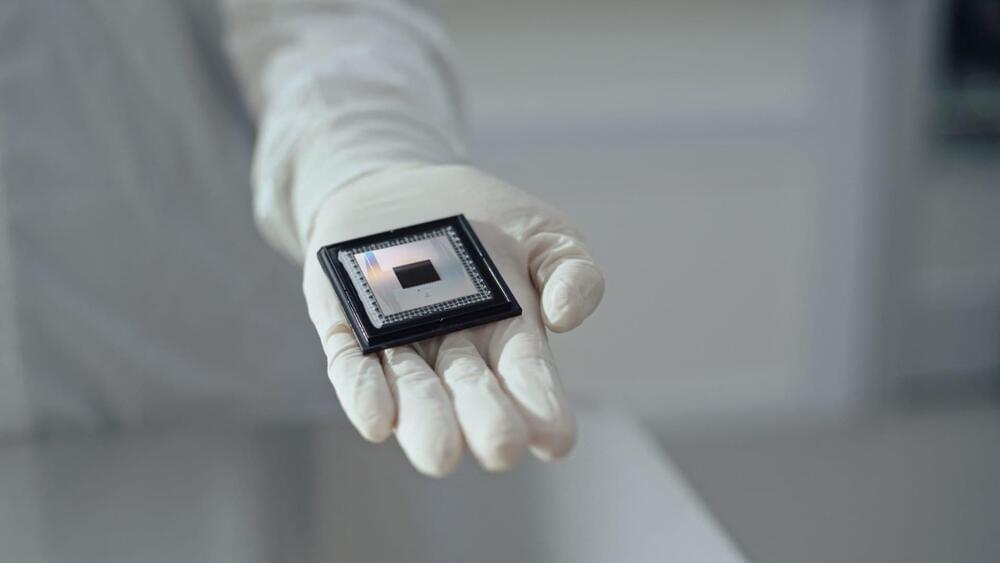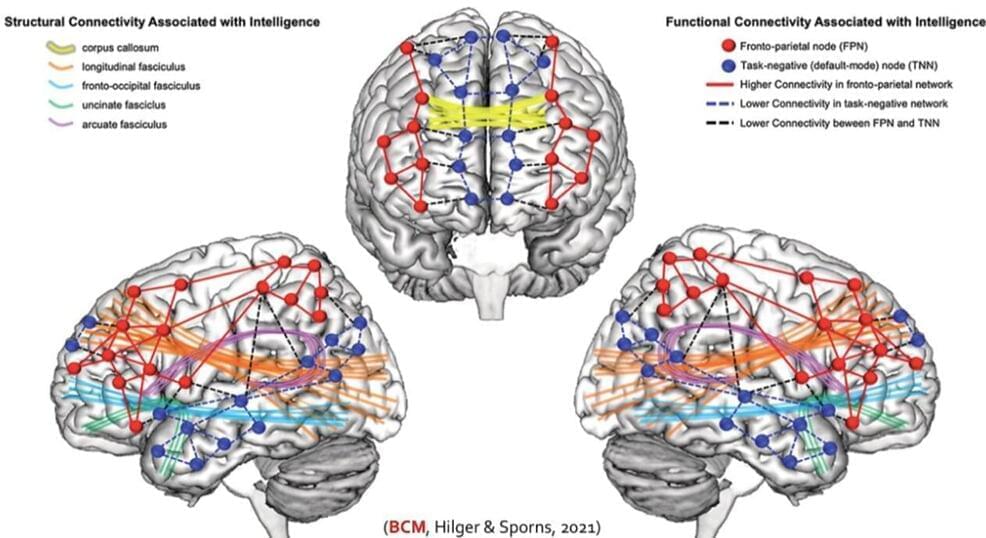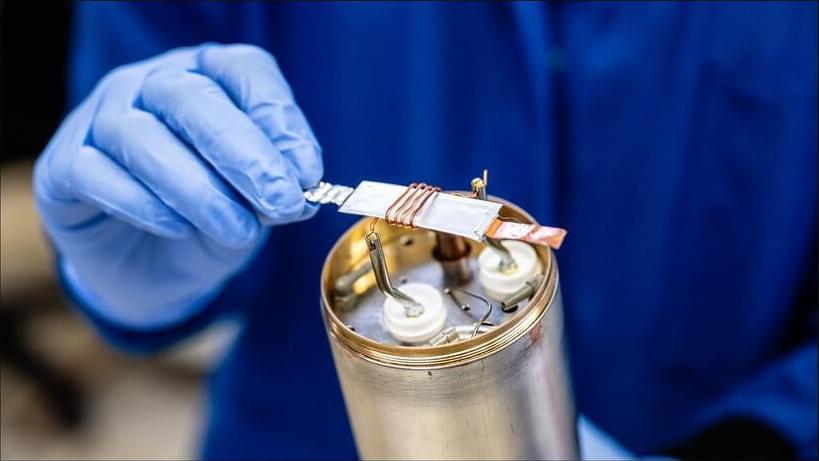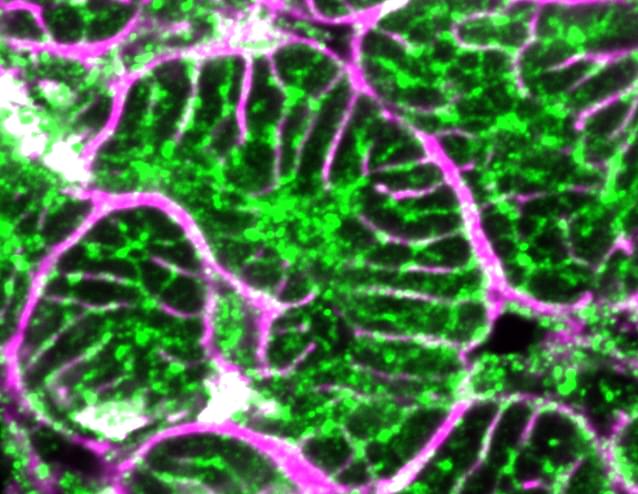Dec 10, 2024
10 Septillion Years vs 5 Minutes: Google’s “Mindboggling” New Chip | Vantage with Palki Sharma
Posted by Dan Breeden in categories: biotech/medical, cybercrime/malcode, quantum physics, supercomputing
Humanity’s quest for answers has a new ally: Google’s Willow chip — a quantum chip that outpaces the fastest supercomputers by septillions of years! Imagine solving problems regular computers take years for—like creating life-saving medicines, predicting weather, or designing tech we haven’t dreamed of yet. But with great power comes challenges: high costs, logistics, and even risks to cybersecurity. The quantum revolution has begun, but the big question is—how will we use this power? Palki Sharma tells you.
Google | willow | quantum chip | firstpost | world news | news live | vantage | palki sharma | news.

















